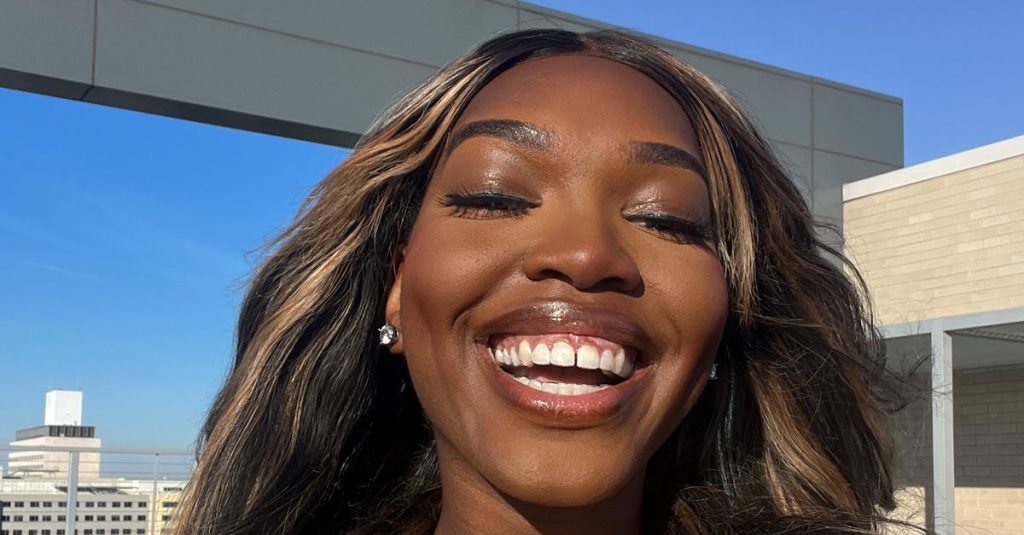The author grew up with a small gap between their front teeth, avoiding the need for braces as a child. However, later in life, impacted wisdom teeth caused their smile to shift. A year ago, they decided to straighten their teeth with clear aligners, but were hesitant to close their gap, as it held cultural significance for them. The gap, known as “èjí” in Yoruba, is considered a symbol of beauty and wealth in many African cultures, with some even undergoing surgical procedures to create it.
After explaining the importance of the gap to their orthodontist, they received support to maintain their maxillary midline diastema. The orthodontist measured the 1 millimeter gap and sent instructions to the aligner company not to close it. The genetic trait of having a tooth gap extends throughout bloodlines in many African countries, with each generation in some families cherishing the trait.
While the tooth gap is valued in African cultures, it is often viewed negatively in Western societies, where it is considered an aesthetic flaw. Many Black individuals in Western countries have faced ridicule for their gaps due to Eurocentric beauty standards. Despite this, some individuals have chosen to embrace their gaps, inspired by figures like model Danielle “Dani” Evans who refused to fully close her gap on America’s Next Top Model.
Representation in media has played a crucial role in challenging societal norms regarding dental aesthetics. Seeing celebrities and influencers embrace their tooth gaps has encouraged some individuals to do the same, rejecting societal pressures to conform to narrow beauty standards. Dental professionals should be aware of the cultural significance of the tooth gap and allow patients autonomy in deciding whether to keep or close their gap for aesthetic reasons.
Ultimately, whether one chooses to keep their tooth gap or not, it is important for Western society to broaden its definition of beauty when it comes to smiles. The author is grateful for the support of their orthodontic team in preserving their gap, despite it being unfamiliar territory for them. Moving forward, it is vital for dental professionals and the rest of society to continue challenging traditional beauty standards and embracing the uniqueness of each individual’s smile.


